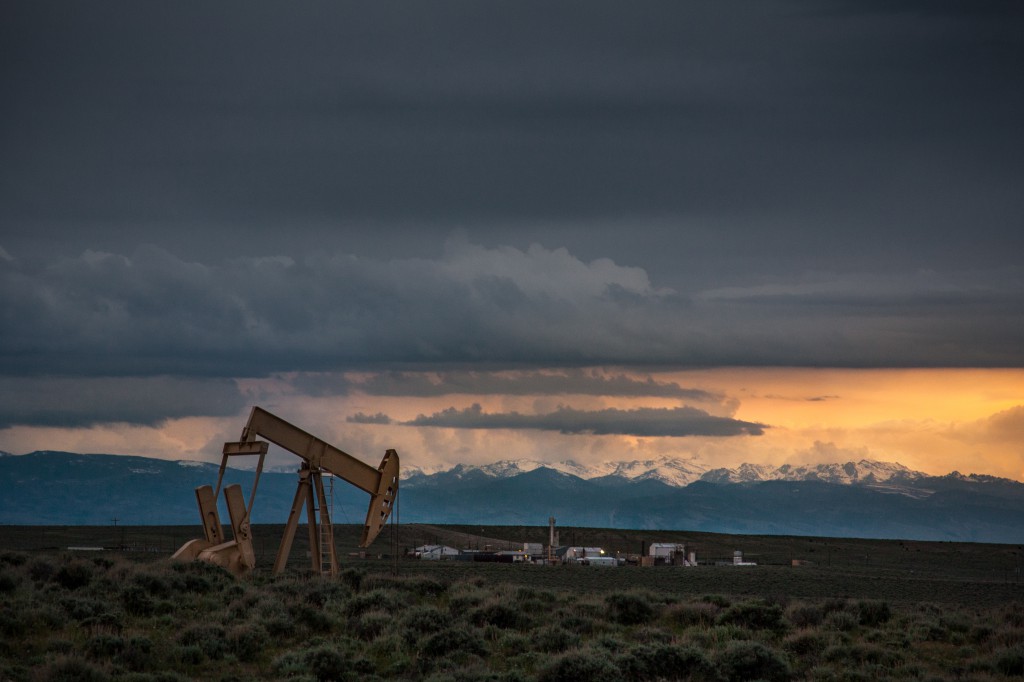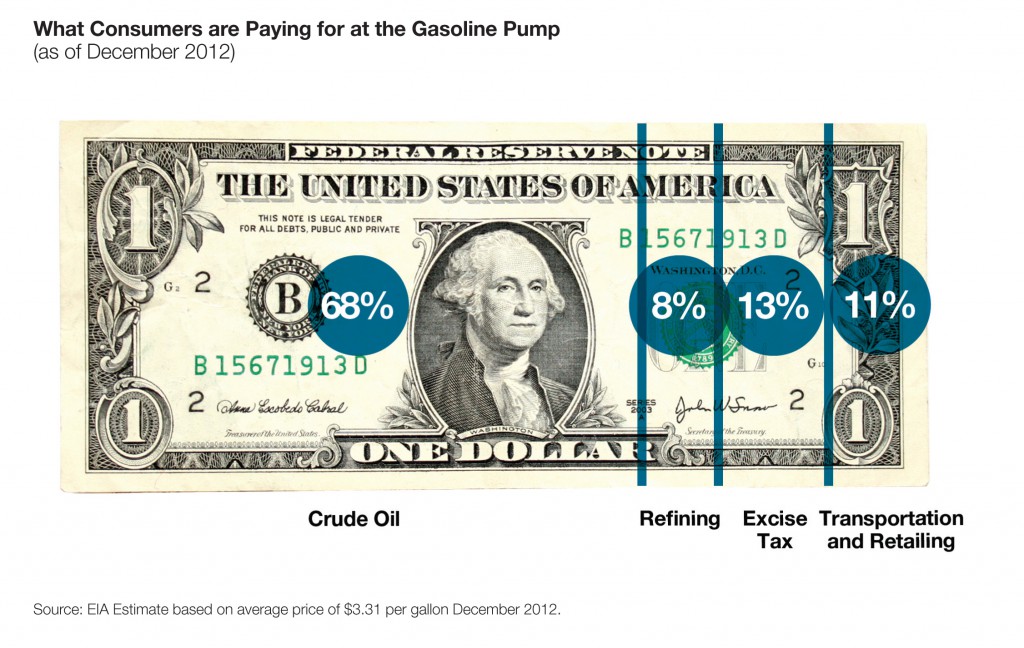Senate Tax heard Senate Bill 295, a bill to repeal the oil and gas “tax holiday” sponsored by Senator Christine Kaufmann (D-Helena) this morning.
Several turned out to testify in opposition of the measure which would kill the oil and gas production incentive passed by the legislature over a decade ago. The incentive, which lasts only the first 12-18 of production, was created to spur economic growth in Montana.
Proponents of SB 295 included the Montana Conservation Voters, Montana Environmental Information Center, and the Northern Plains Resource Council. The chief argument for the bill was that incentives are no longer necessary, and that production taxes are needed to cover the cost of production impacts. Opponents of the bill, however, believe that repealing the incentive would directly impact production and Montana’s economy.
“Exploration in the Bakken is occurring only because of the tax holiday,” said John Alke, opposing the bill on behalf of Fidelity Exploration and Production Company. Alke explained that wells across the border will produce three to four times the volume of those in Montana. “If you eliminate the tax holiday you will not affect the tax burden, but determine where companies will drill for oil.”
Testifying against the bill was Dave Galt for the Montana Petroleum Association who presented information showing a decline in recent production. Montana’s rig count is down to 12, representing a 31.6% drop since last year. Meanwhile, North Dakota’s rig count is more than 175 as of this week.
Also opposing SB 295 was the Montana Contractors Association, Northern Montana Oil & Gas Association, Montana Taxpayers Association, Montana Association of Oil, Gas & Coal Counties, the Montana Chamber of Commerce, and several oil and gas employers.
“Tax breaks exist to create jobs,” explained Nancy Schlepp of the Montana Taxpayers Association. Oil and gas projects have created nearly 30,000 jobs statewide, from Sidney to Kalispell, from oilfield employment, to construction, to retail and hospitality.
“These companies are generating a lot of tax dollars in a log of other ways,” said Webb Brown, President of the Montana Chamber of Commerce. Oil and gas companies paid more than 200 million last year in taxes to fund government programs and local schools, while property taxes paid by the Billings refineries represented one fourth of all property taxes paid in the city. Since 1999, when the production incentive was created, the state has collected over a billion dollars from oil and gas companies.
Bob Gilbert of the Montana Assoc. of Oil, Gas and Coal Counties presented impassioned testimony. “Let us in Eastern Montana survive,” exclaimed Gilbert. “A skeptic would say this bill is designed to slow down or stop production of oil and gas in Montana; and I’m a skeptic.”
Retreived 3-5-2013. The Montana Petroleum Association, Inc. A voluntary, non-profit trade association, serving a membership of oil and natural gas producers, gathering and pipeline companies, petroleum refiners, service providers and consultants.
















